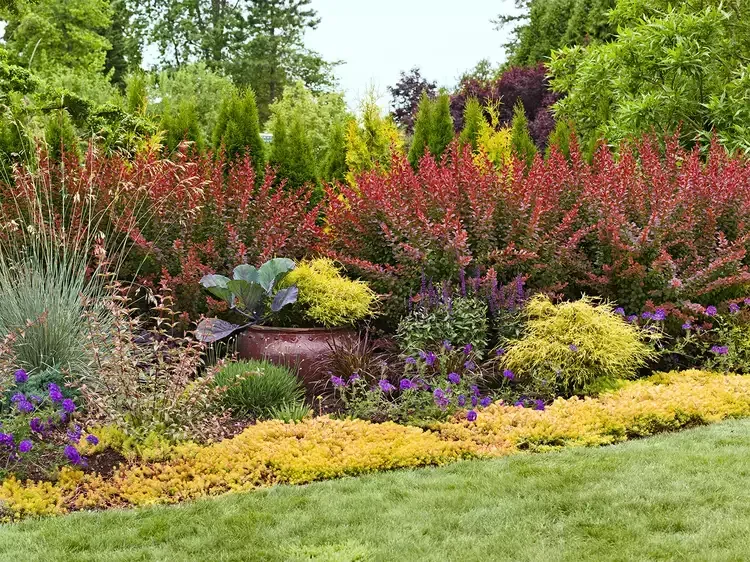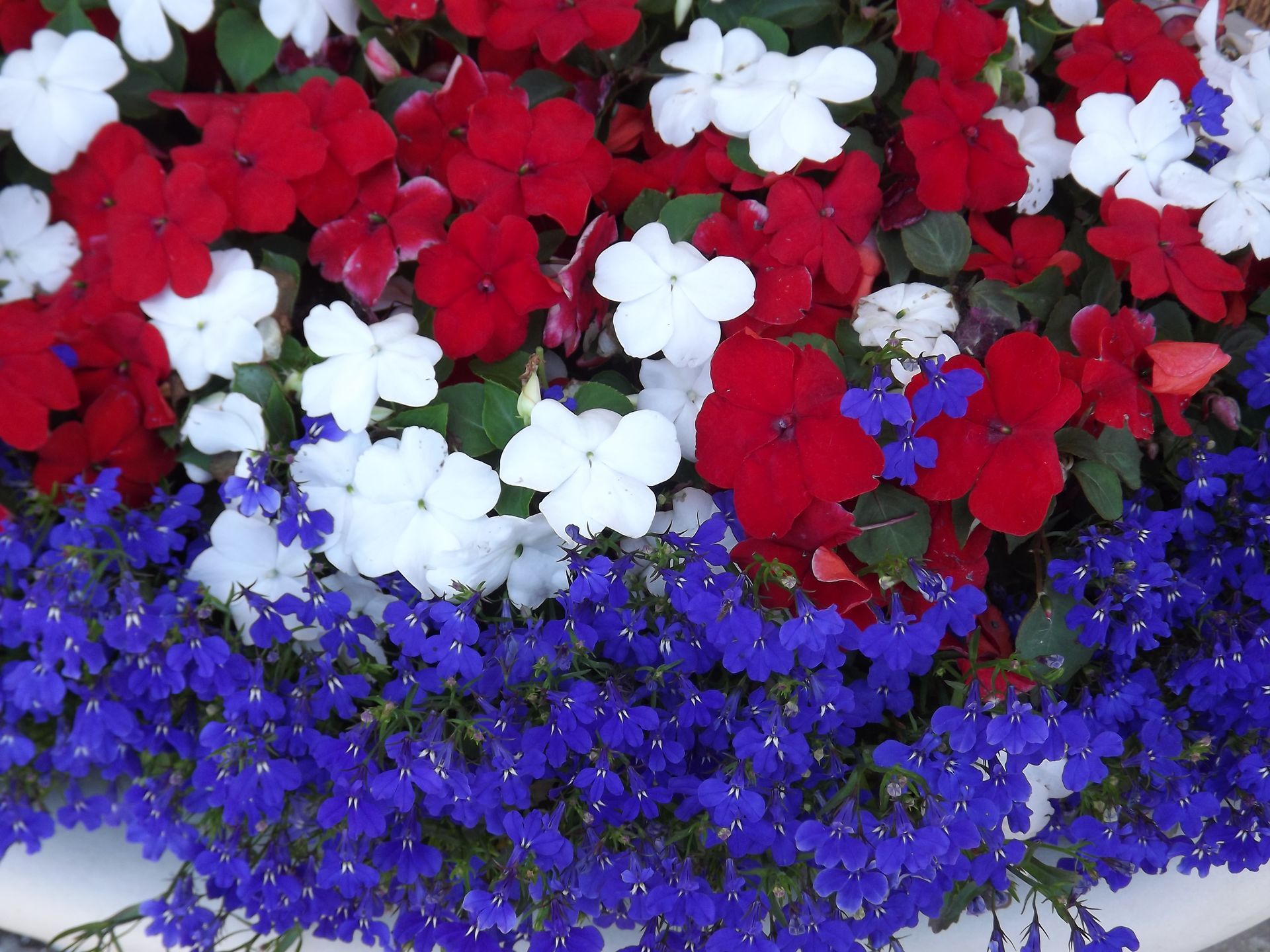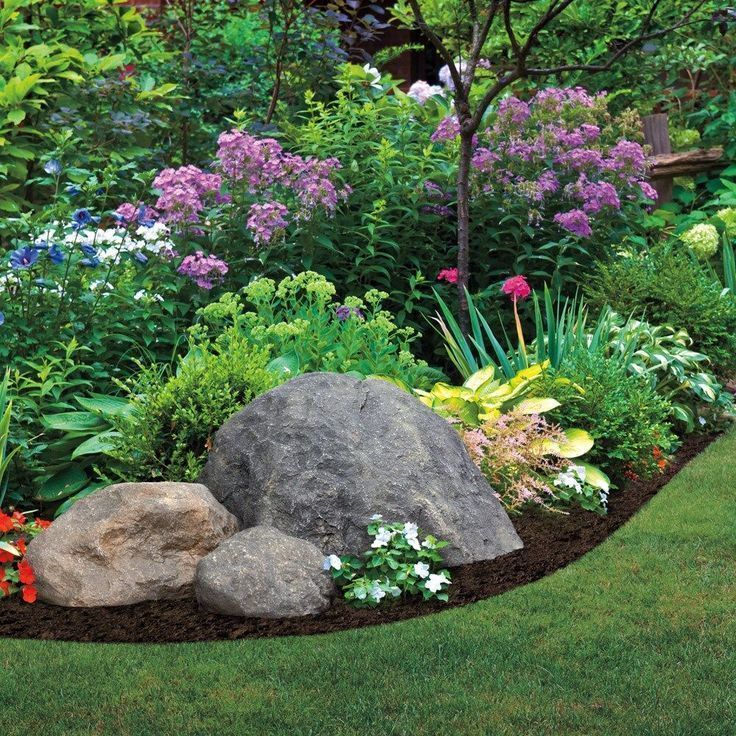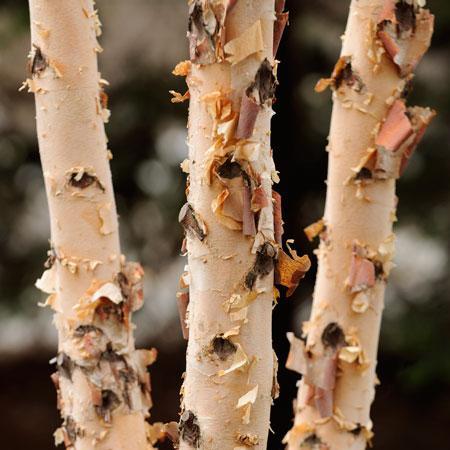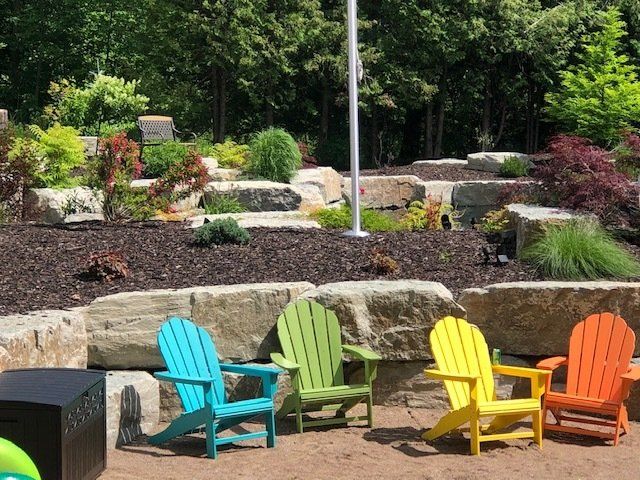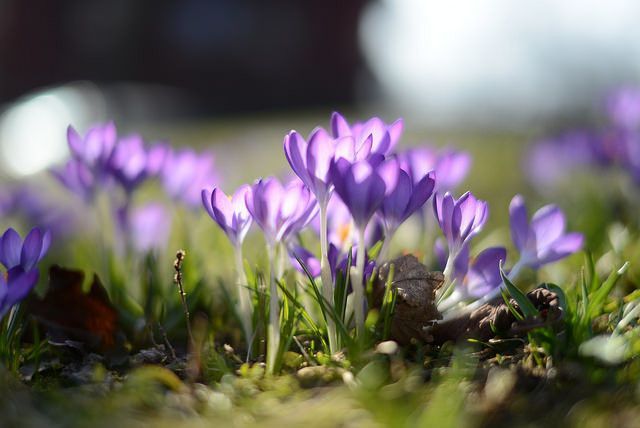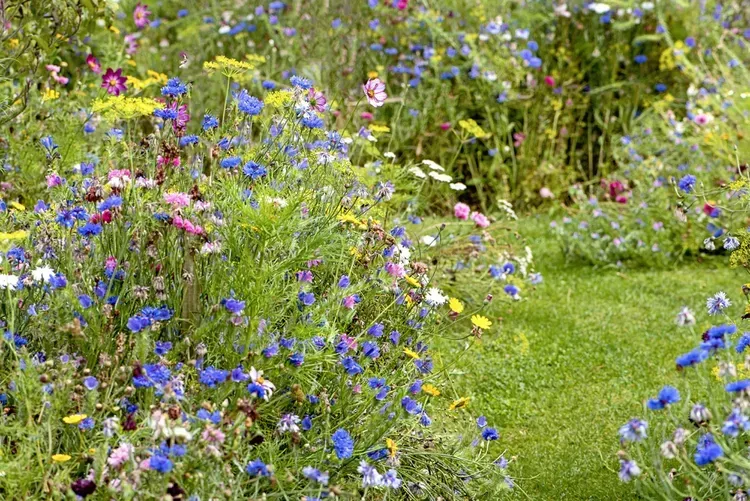Planning Your Outdoor Space
A master plan that incorporates everything from long-range projects to nitty-gritty details will help you design the backyard of your dreams.
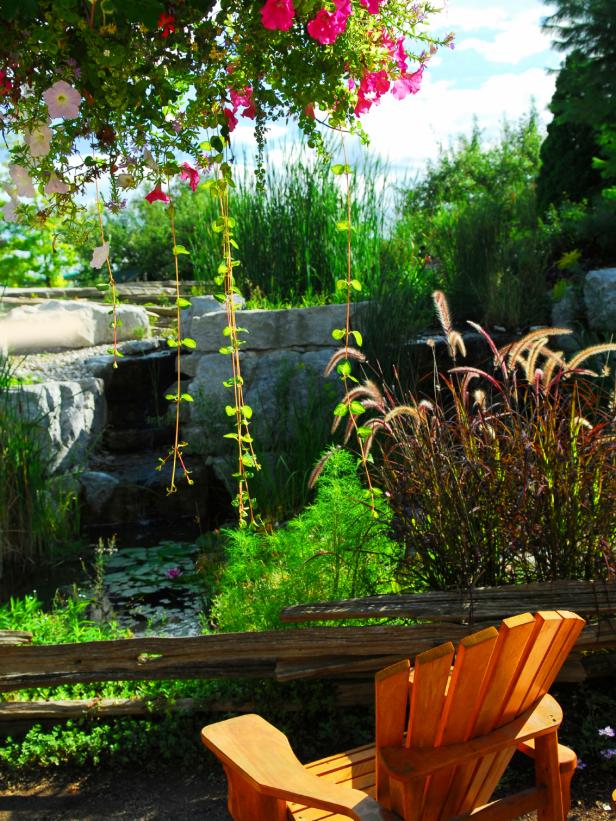
The front yard may be the showpiece of your landscape, but the backyard is all your own, a sanctuary for relaxation, entertaining and play. If your backyard could use a facelift, don't make the mistake of slapping a patio down here and a garden border there as time and budget allow. Instead, consider the space holistically, from how you want to use the yard to how much time you want to spend working in it. We talked to Susan Cohan, a landscape designer in Chatham, New Jersey, and Natalie Ermann Russell, author of The New Backyard Idea Book , for tips to building a backyard makeover master plan.
Dream
Ask yourself some basic questions. What do you want out of the yard — a playground for kids, a cozy retreat, and an entertaining patio? What materials do you like — brick pavers, water, sustainable plants? "Dream a little, then see what you can afford and have time to maintain," Cohan advises. Eventually, you'll want to get real. Be honest about your level of involvement. "A yard that requires little work and resources is the holy grail," Russell says. "Think about how to simplify the plans to make this happen for you."
Take Stock of the Property
Do a walk-around and consider what you like and don't like about the space. Make a list of what's salvageable (the 100-year-old oak tree) and what's not (a sagging, rotten deck), as well as how permanent storage (shed, garage, etc.) is positioned and whether it needs to be moved or camouflaged. Don't forget to factor in geographical considerations, Cohan says. "If you adore roses but live in an area with a lot of deer, they'll get eaten. Either plant something else or plan a fence."
Know the Rules
Your city or homeowner's association may have specific regulations, like maximum fence height or projects that require permits. "Know what's allowed before you begin work, because if you break the rules and get caught, not only will you have to take down your project, but there will be fines involved," Cohan says.
Make a Plan, on Paper
A plan provides a birds-eye view of your overall project, which can then be implemented logically in steps. Designers often draw bubbles to represent generic spaces like a patio, playground, garage and pool, then link the bubbles together with pathways, lawn areas and gardens.
Look at the relationships between spaces, then draw them to scale. Each individual space should flow into the next, moving people from the front yard to back, from a primary patio to a secondary patio. "Entryways, pathways and exits all play a role in drawing people into the next space," Russell says. "You can create the impression of separate spaces by simply changing the floor material or pattern, or by elevating one portion slightly above the other to establish distinct "rooms" without disrupting the flow."
Having trouble? Consider hiring a professional, at least for the planning portion. "A designer can open your eyes to brilliant options you may not think of yourself," Russell says.
Check the Plan From Inside
Outdoor spaces should bring pleasure every day, even when you're inside. "When designed right, your backyard becomes artwork in the windows," says Russell.
Cohan starts with the kitchen window, since homeowners spend more time looking out that window than any other, then assesses traffic patterns from the kitchen or mudroom. "Make sure your plan allows you to move people in and out, to get the garbage out, everything you need for daily living," she says.
Fine-Tune Each Area
Zoom into each "room" in your plan to fix any shortcomings and implement your small-scale dreams. If the patio area is near an unsightly view, draw in a fence or green privacy screen. If the swing set will face the afternoon sun, turn it sideways. Does the garden area need a little oomph? Consider adding an arbor for an entryway. This is where you focus on wish-list details as well. If you want a low-maintenance yard with a small environmental impact, plan low-water plants in the garden area and think about swapping out some grassy areas for native grass or pebbles.
Back Up and Use Your Wide Lens
Now look at your yard in context, both in relation to the house and to itself, Russell advises. "The flowers, hardscape and even lawn become the wallpaper of your outdoor room," she says. "Choose furniture with the overall color palate in mind."
Execute in Logical Stages
The best thing about a comprehensive plan? You don't need to do it all at once. Work on one area at a time, but make sure you're always thinking ahead. For example, if you're redoing the patio and eventually want to do an outdoor kitchen, don't wait to install the gas hookup, since it's more cost-effective to do when the ground is already dug up. "You simply have to have a plan," Cohan says. "You'll save yourself heartache, time and money, and you'll have a beautiful yard when it's all finished."
